This gallery shows 27+ high-quality and best-resolution Crab PNG Images, Vectors, Stickers, logos, Icons, and Clipart Pictures with transparent backgrounds.
Related Topics: Fish PNG | Turtle PNG | Dolphin PNG
Free download all the Crab PNG images for graphic design, projects, presentations, web design, editing, and other works.
Crab PNG images for free download:
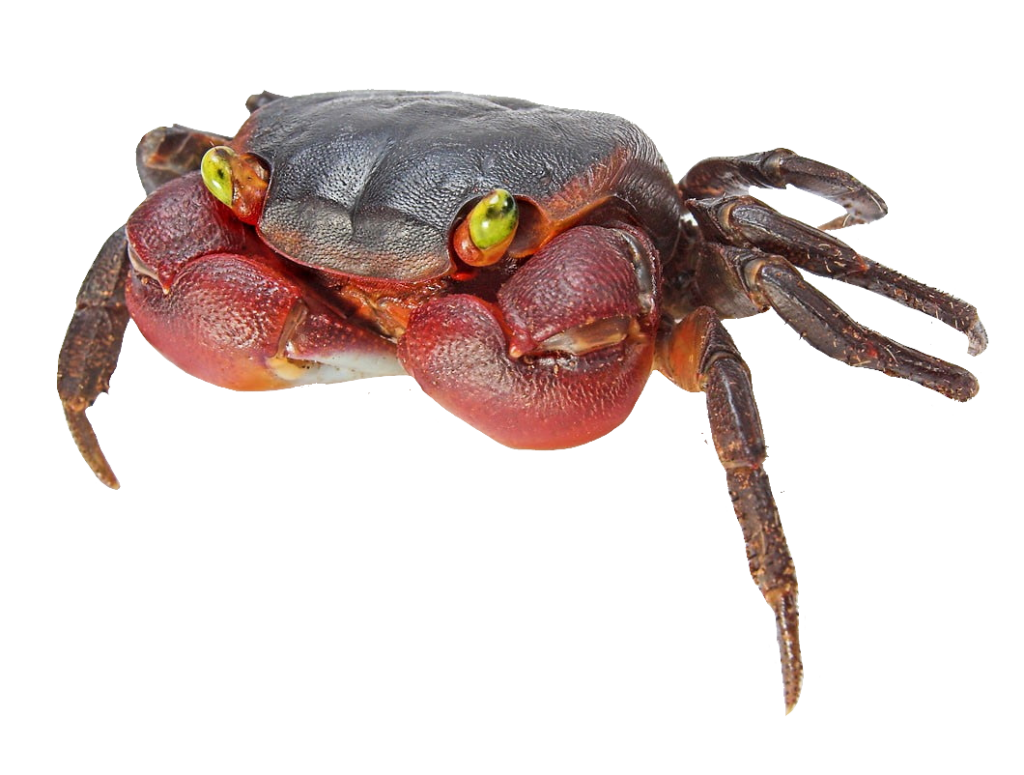
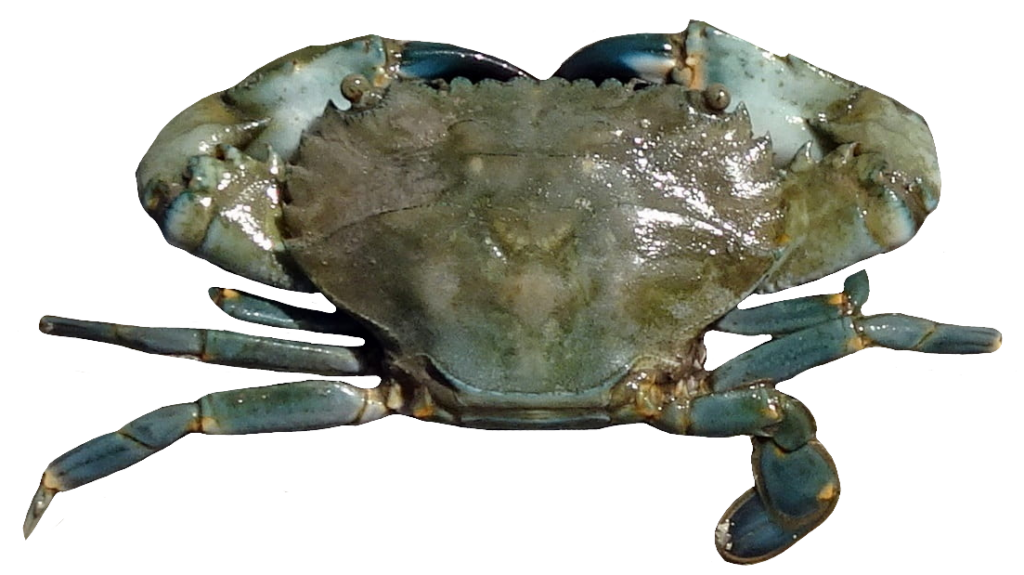
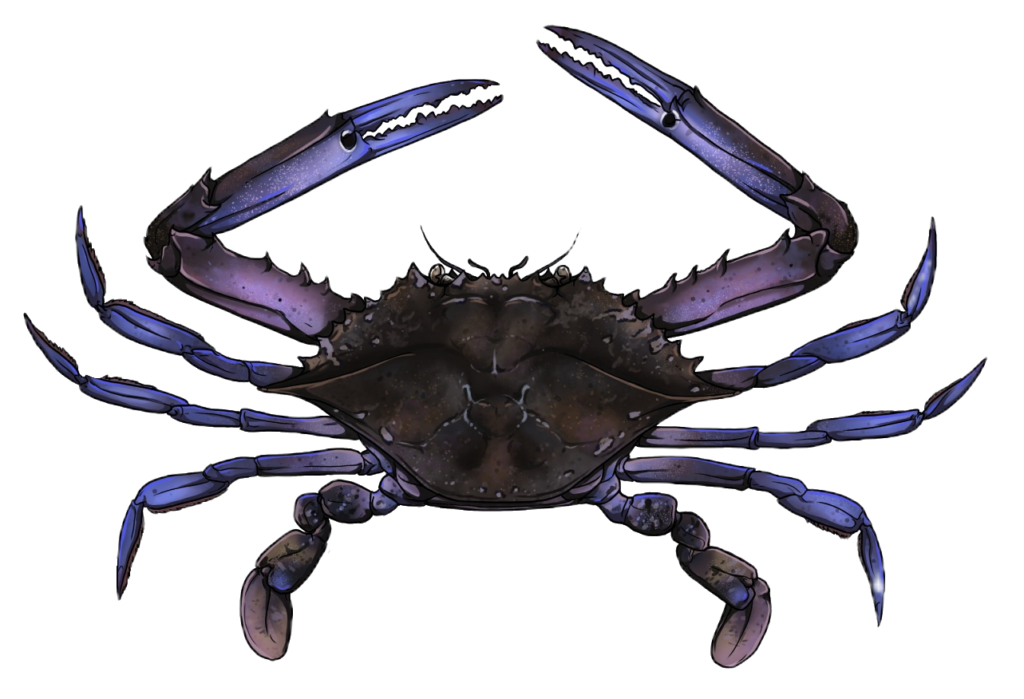
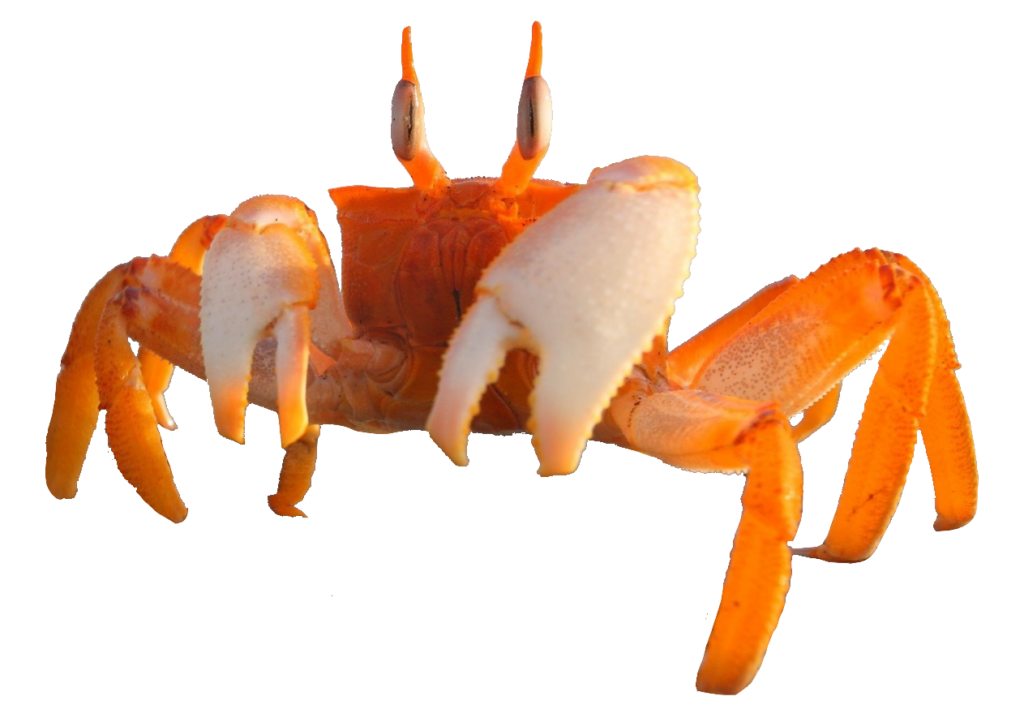
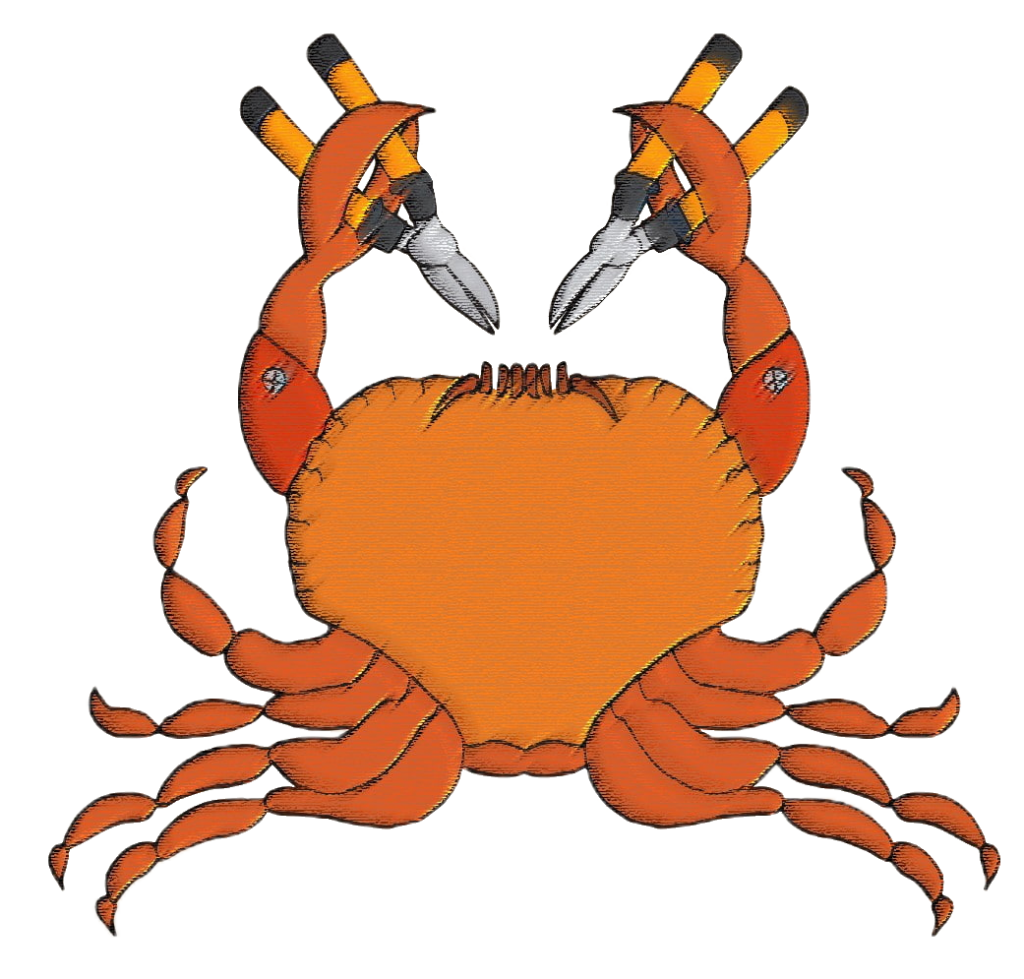


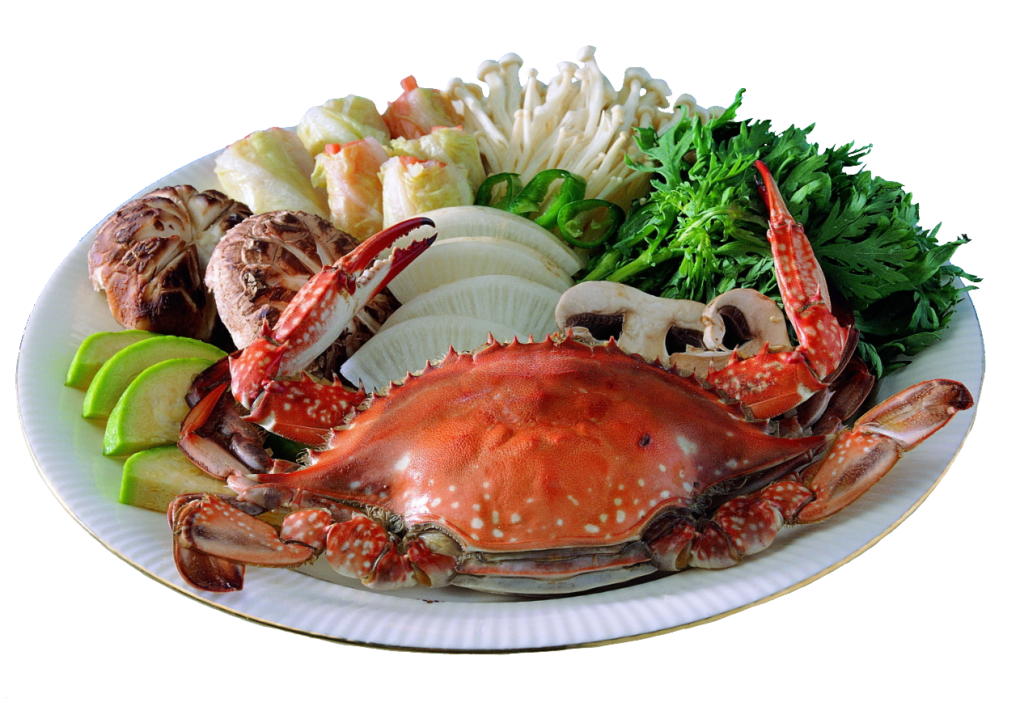
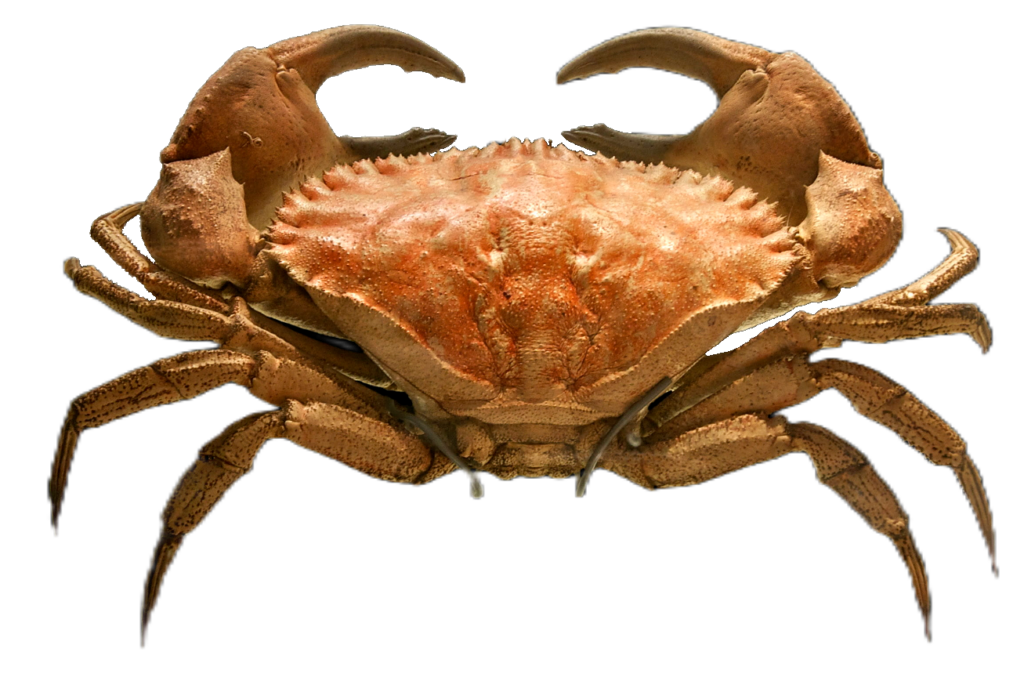
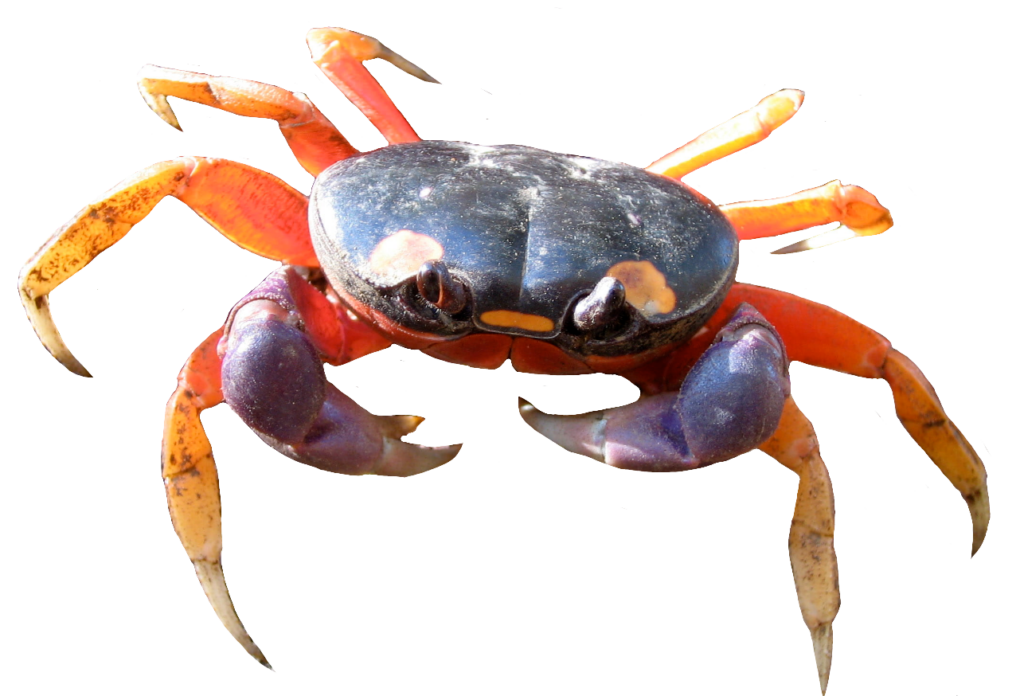
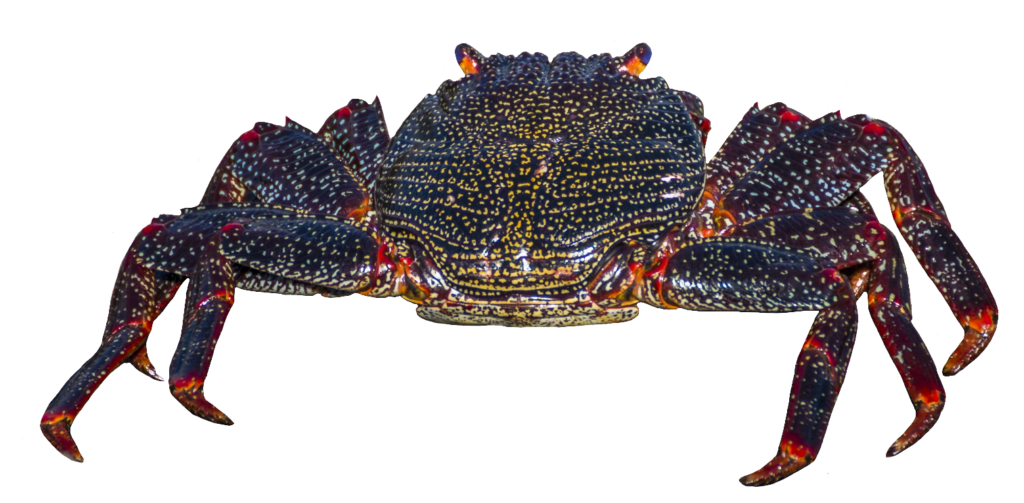
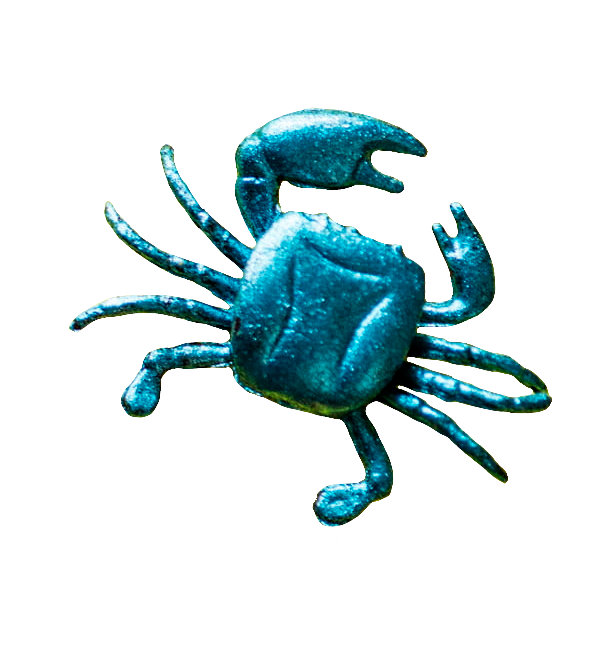
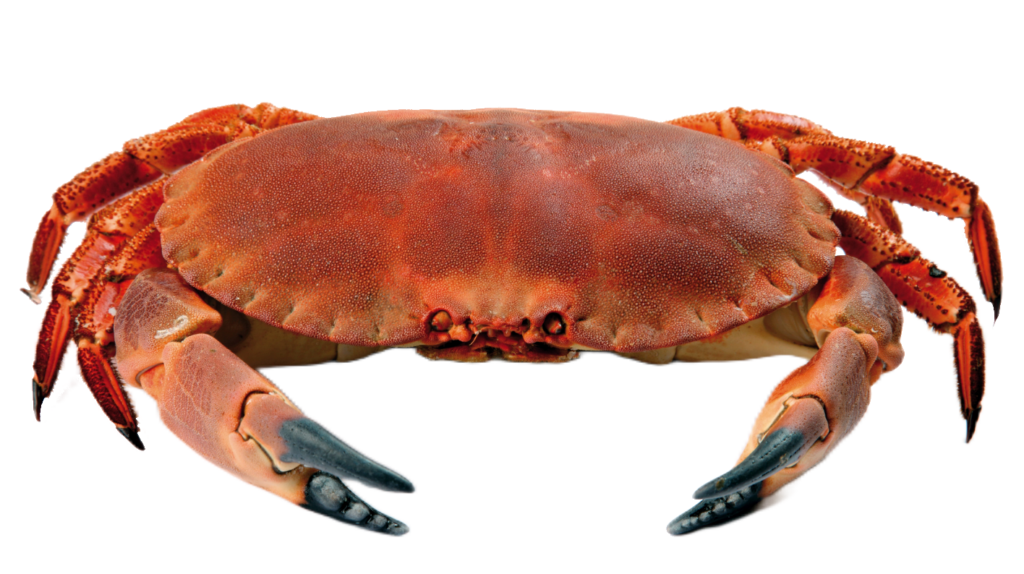

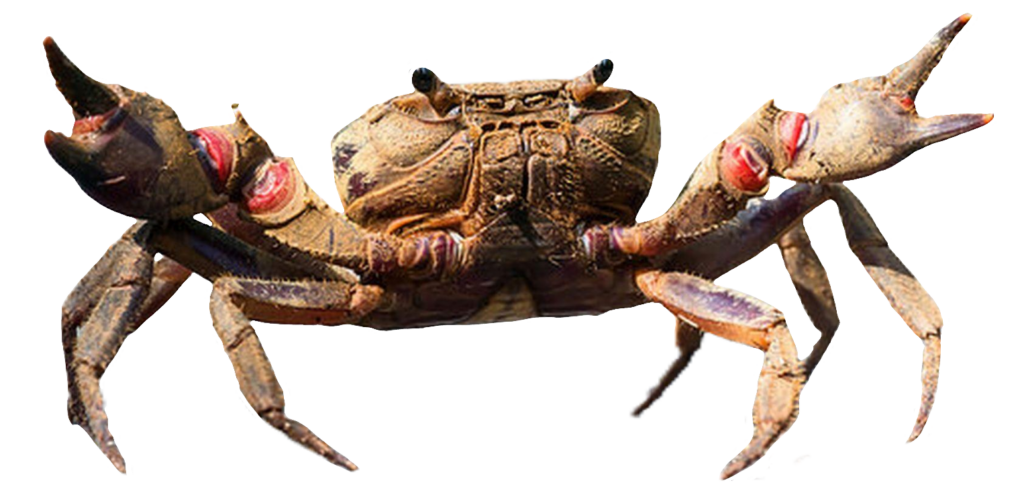
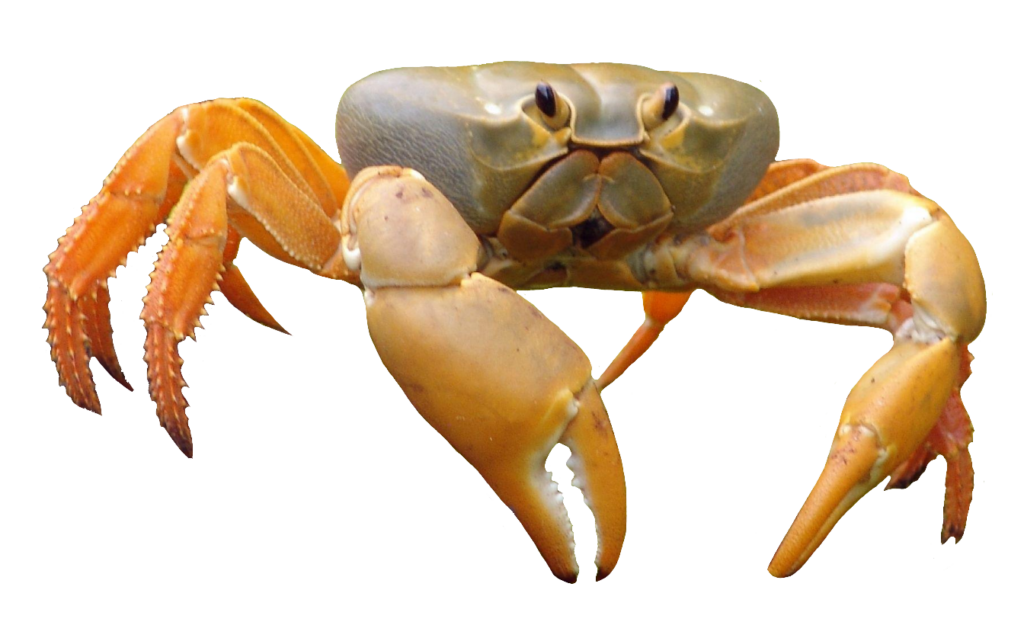
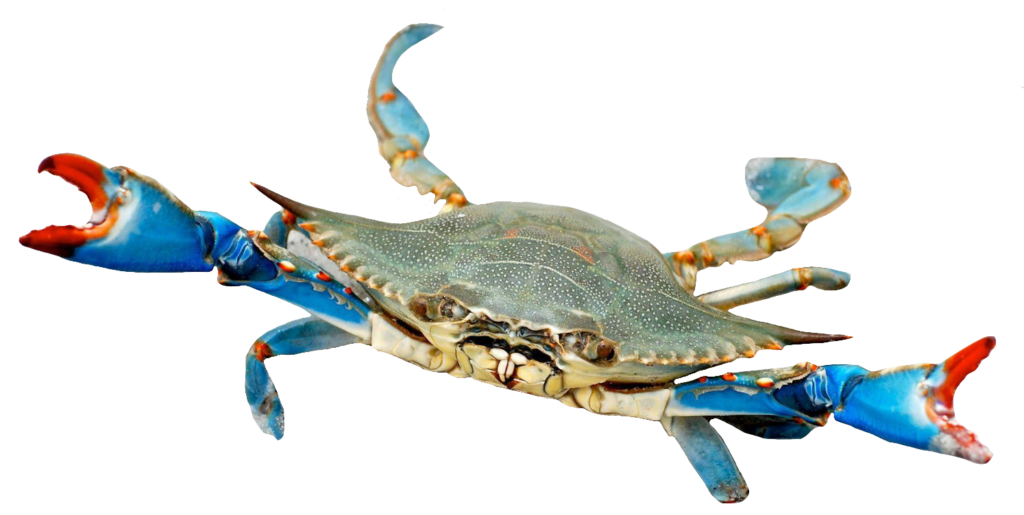
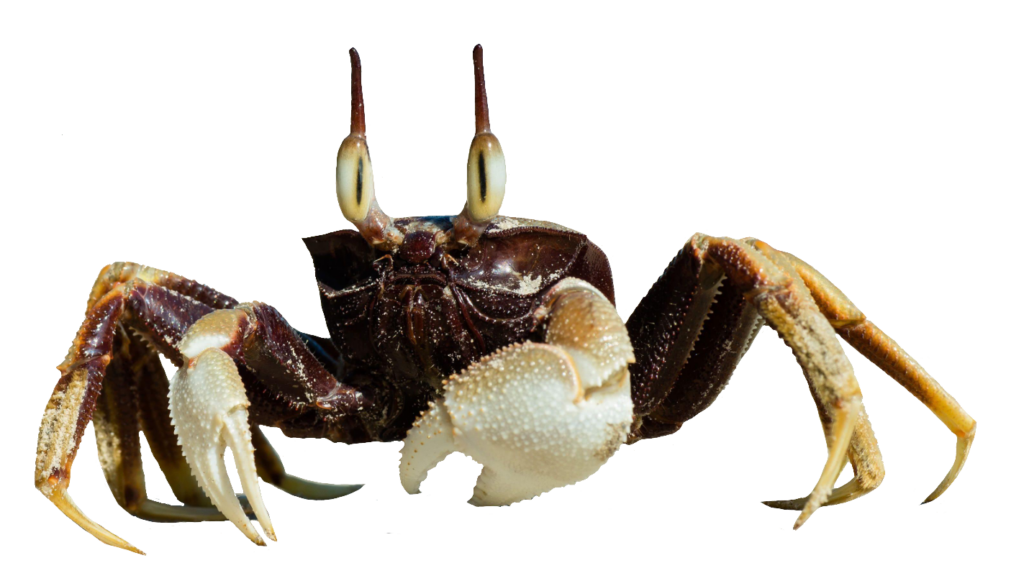
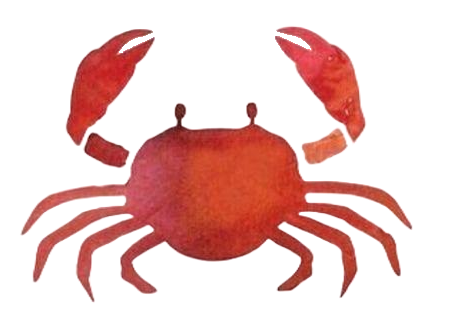
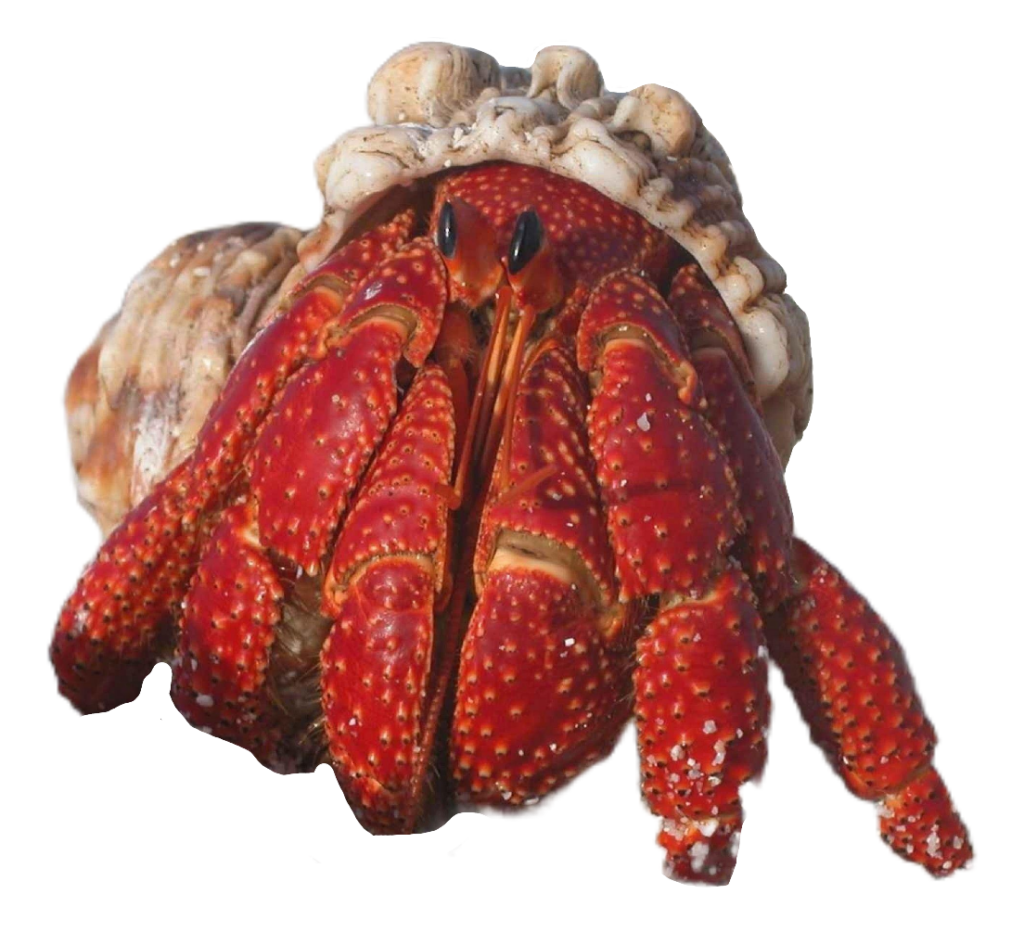

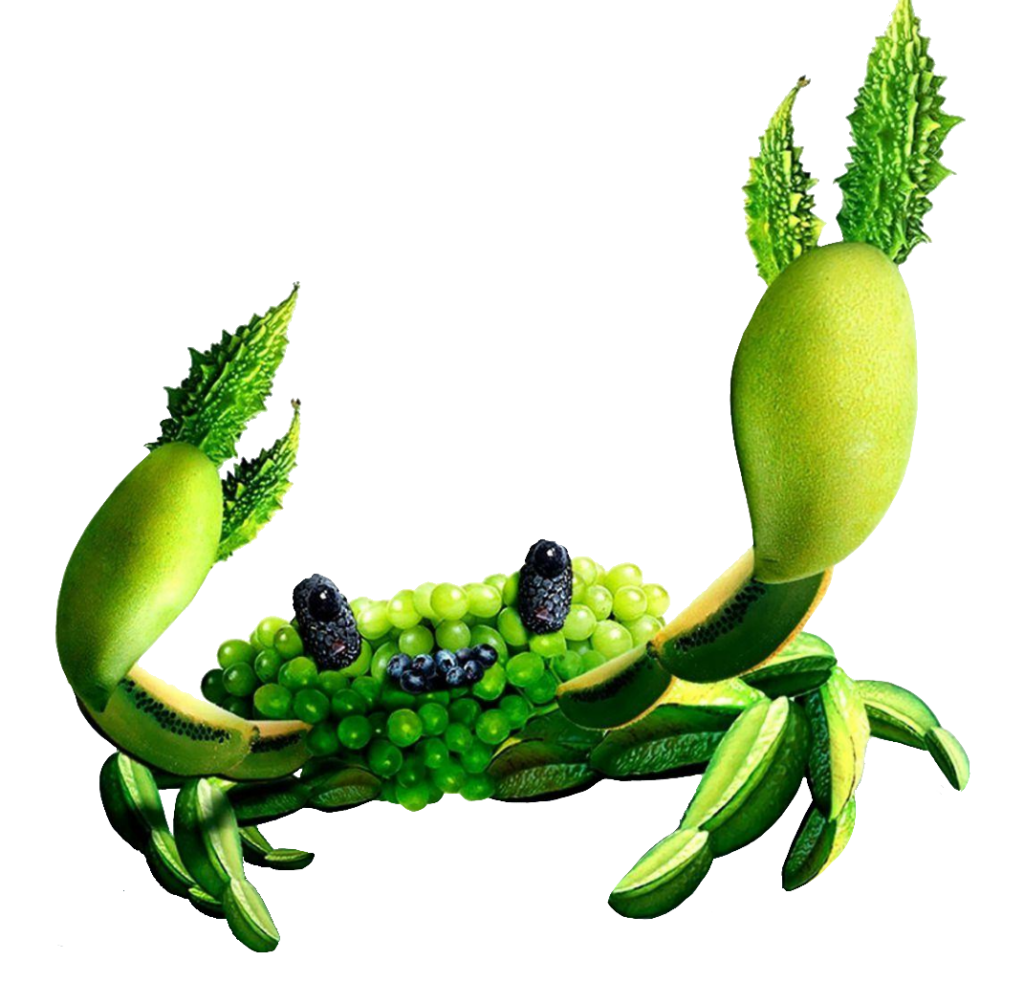

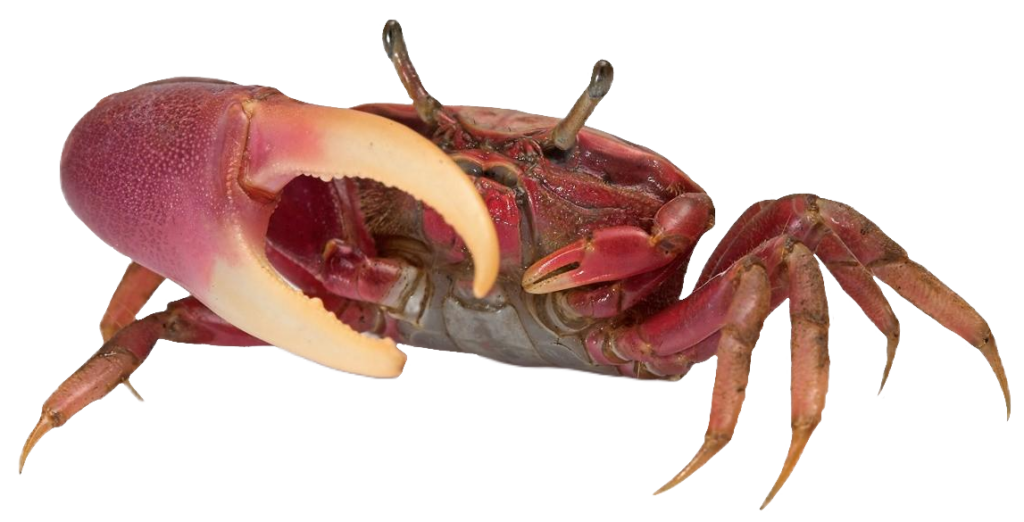

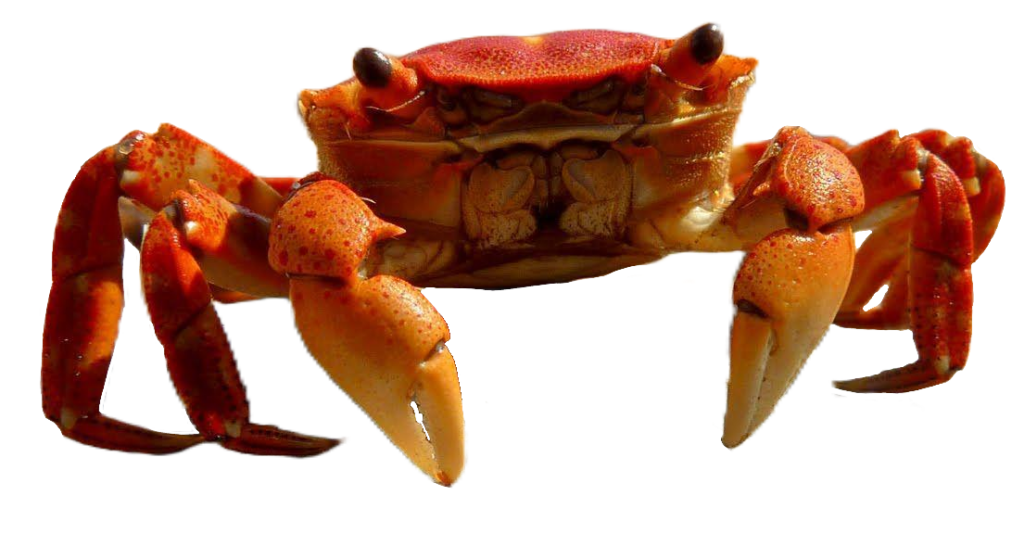
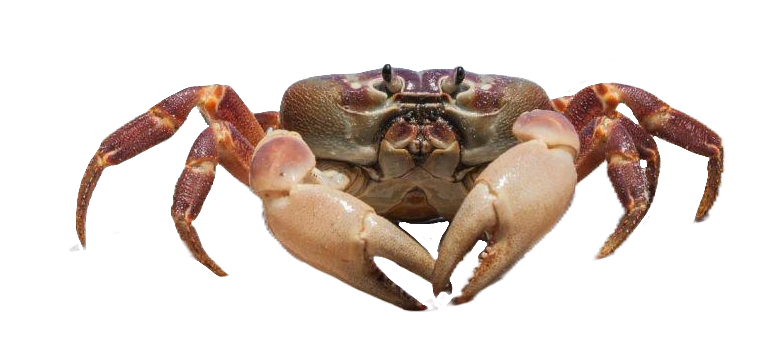
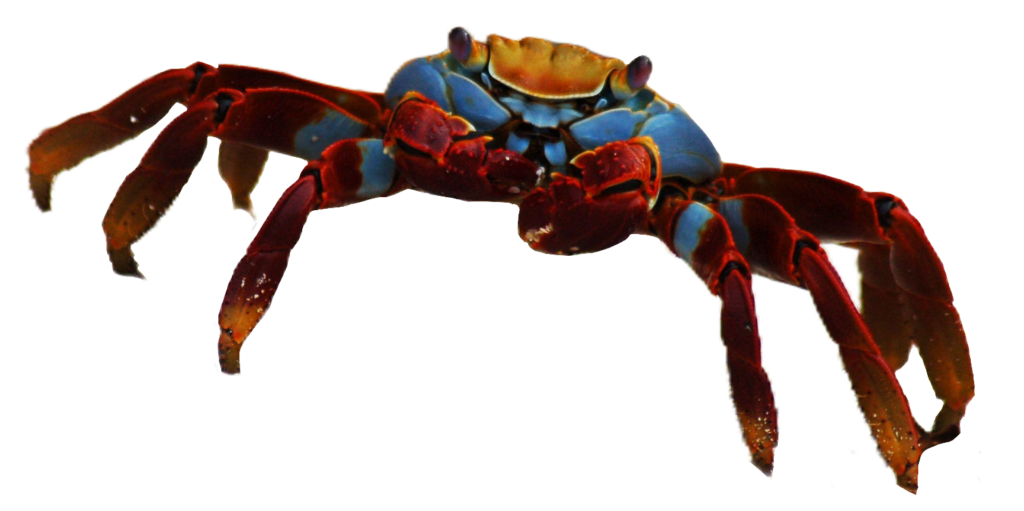
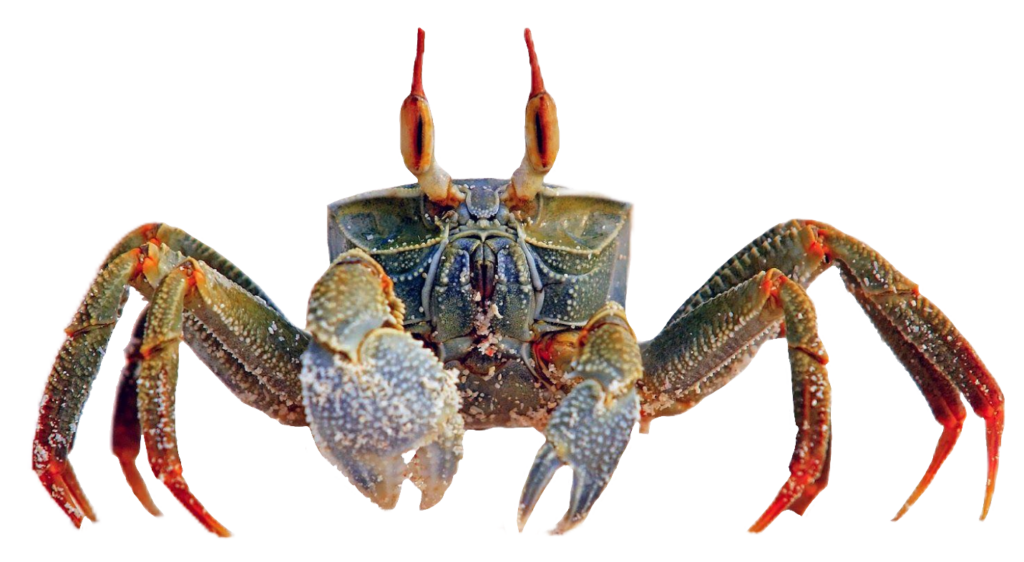
Crabs, belonging to the order Decapoda, are intriguing creatures that inhabit various aquatic environments worldwide. With their distinctive appearance, unique behaviors, and ecological significance, crabs have captured the curiosity of scientists, nature enthusiasts, and beachgoers alike.
Crabs are characterized by their hard exoskeleton, jointed limbs, and claws, known as chelae, which they use for various activities such as feeding, defending, and communication. The exoskeleton provides protection and support but also necessitates molting for growth. During molting, crabs shed their old exoskeleton, revealing a soft, vulnerable body beneath, which gradually hardens over time.
Their adaptation to both terrestrial and aquatic environments makes crabs versatile creatures. While most crabs are marine, some have adapted to freshwater habitats, and a few species can even survive on land for extended periods. Specialized gills or modified structures facilitate the ability to breathe air and water, allowing crabs to thrive in diverse ecosystems.
Crabs inhabit a wide range of environments, from the ocean’s depths to the sandy shores of beaches. Marine crabs can be found in coastal areas, coral reefs, and deep-sea habitats, while freshwater crabs thrive in rivers, lakes, and streams. Some crabs, like the fiddler crab, are well-adapted to live in intertidal zones, navigating the changing tides.
Crabs are distributed globally, with various species occupying specific regions. The diversity in habitats and adaptations has led to the evolution of numerous crab species, each uniquely suited to its environment.
Crabs exhibit a fascinating array of behaviors contributing to their survival and reproduction. Many species are known for their elaborate courtship rituals, where males attract females through displays of their claws or intricate dance-like movements. Once a female selects a mate, they engage in a process called copulation, where the male transfers sperm to the female for fertilization.
The maternal care observed in specific crab species is remarkable. Female crabs carry their eggs in a specialized pouch until they hatch into larvae, after which they are released into the water. This ensures the survival of the offspring, as the larvae undergo a series of developmental stages before becoming juvenile crabs.
Crabs play a crucial role in maintaining the balance of ecosystems. As scavengers and opportunistic feeders, they contribute to nutrient cycling by consuming detritus and decaying matter. Some species are predators, controlling populations of smaller organisms, while others serve as prey for larger marine animals.
The burrowing activities of certain crabs help aerate sediments and promote the health of seafloor ecosystems. Their presence in mangrove forests and coastal areas also contributes to the overall biodiversity of these crucial habitats.
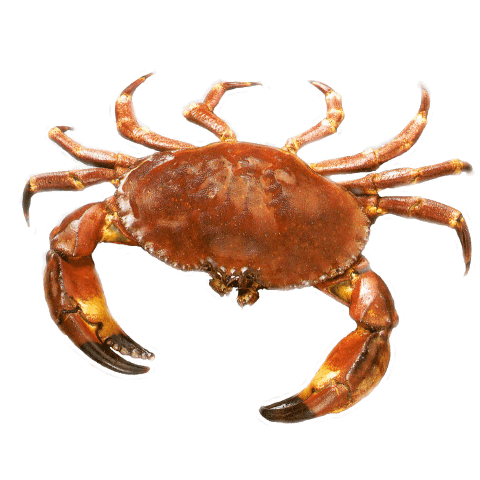
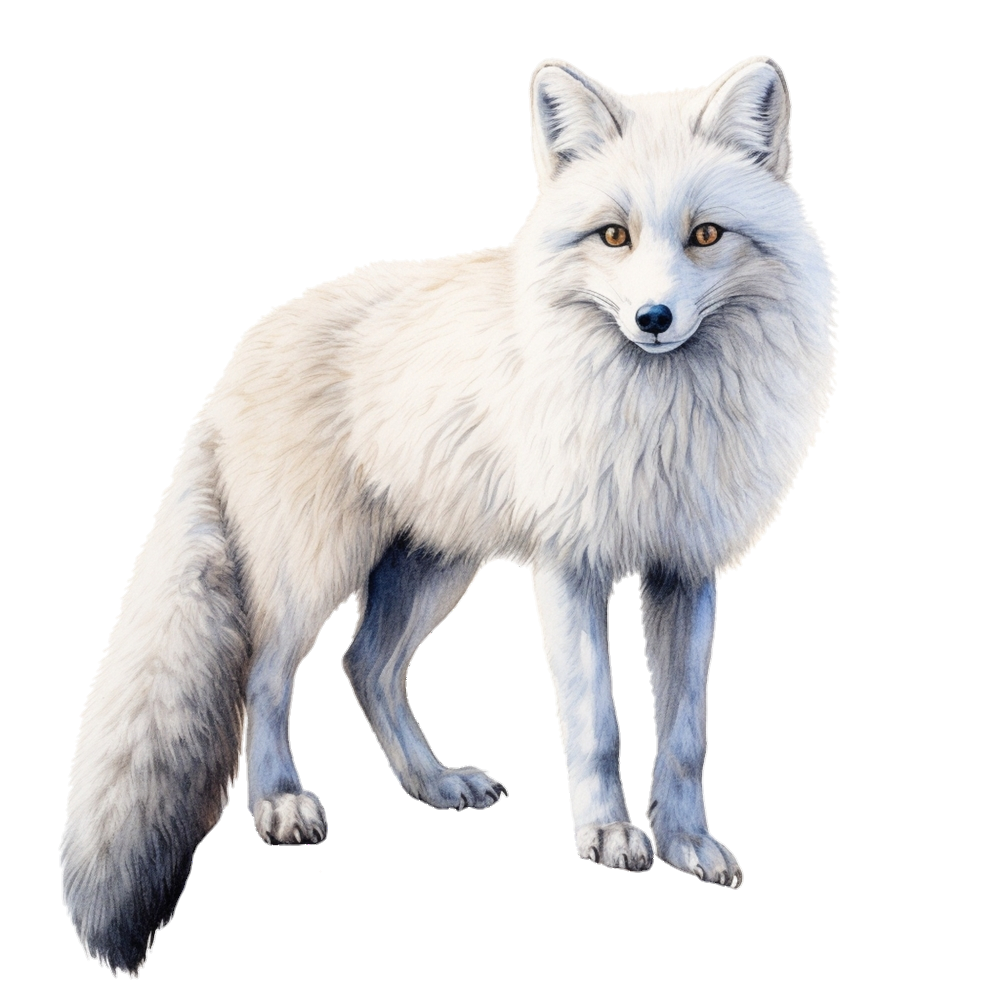


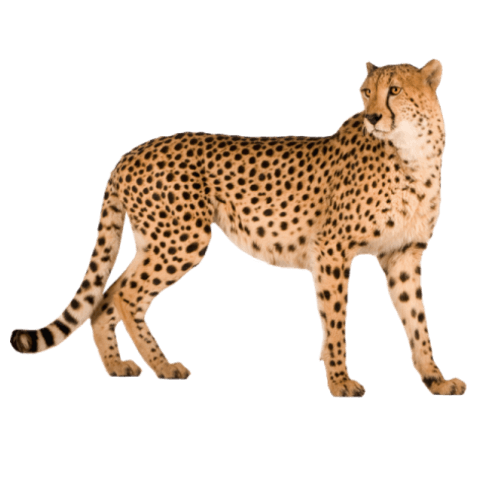


Leave a Comment